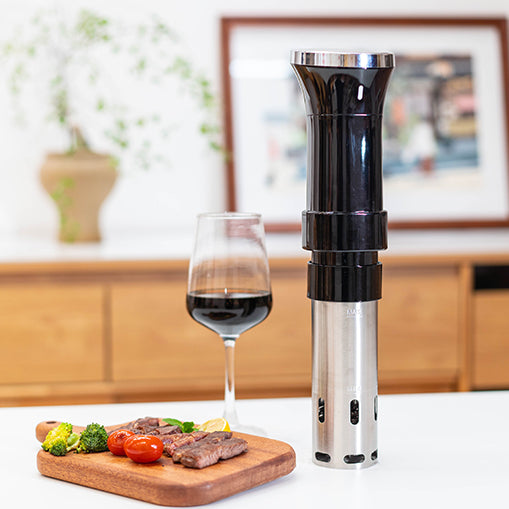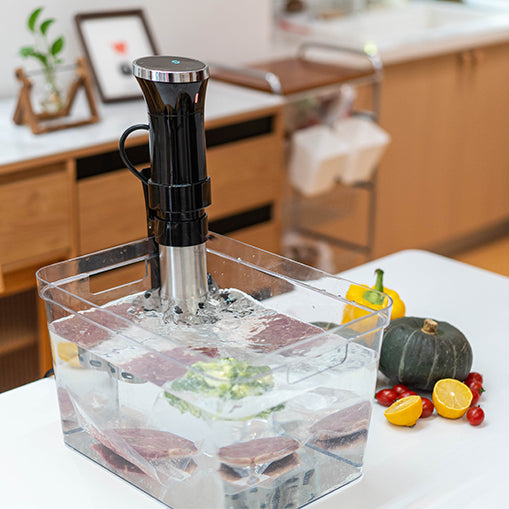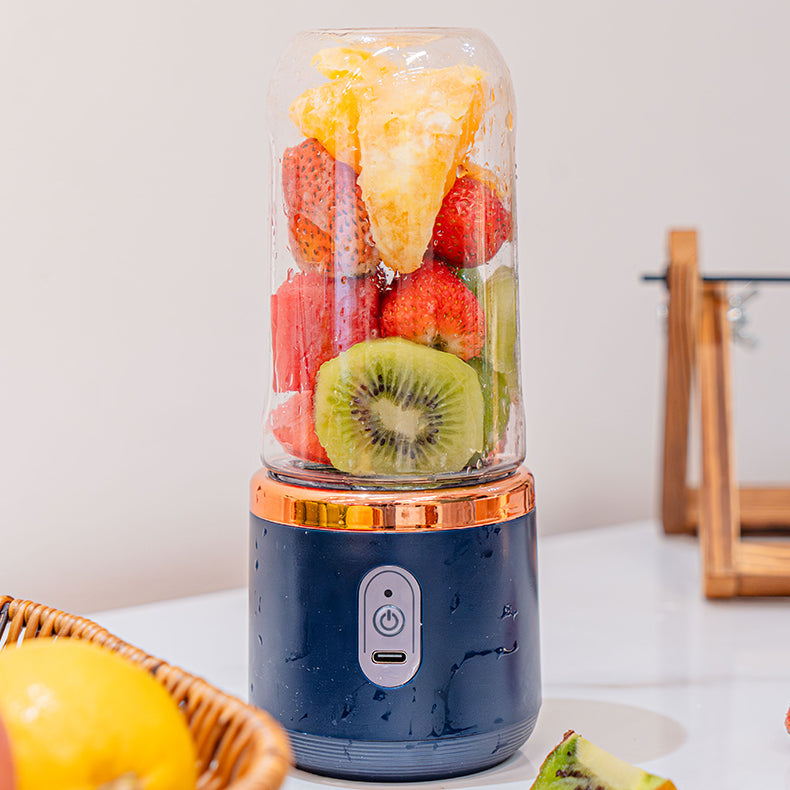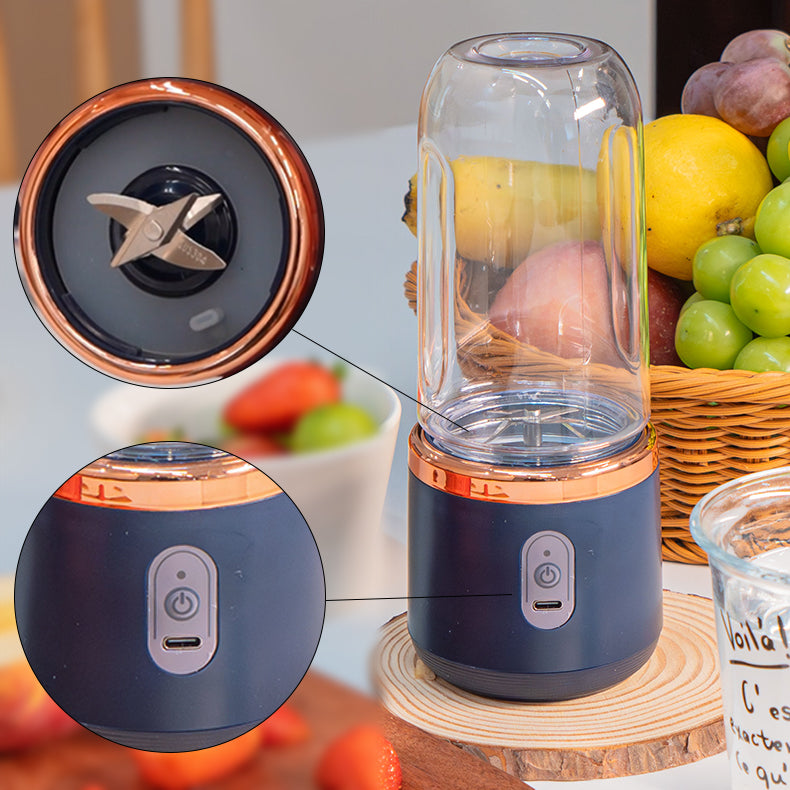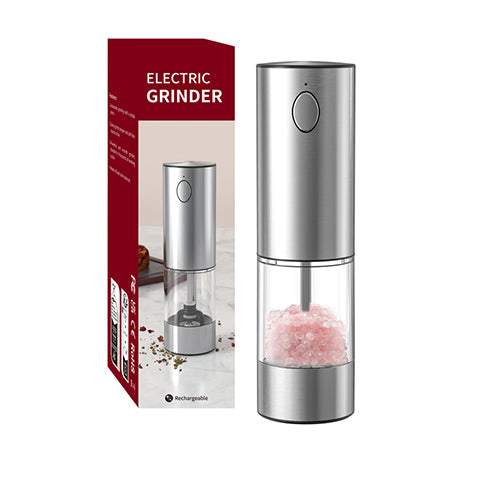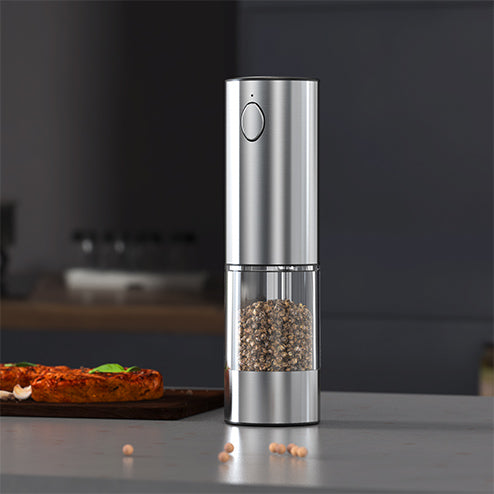Sous vide roast beef is a game-changer for home cooks looking to serve perfectly cooked meat. It allows you to achieve tender, evenly cooked beef without the guesswork that comes with traditional roasting methods. Whether you're planning a special holiday meal or making delicious sandwiches, this cooking method ensures consistent, flavorful results.
In this guide, we’ll cover how to sous vide roast beef, the ideal cooking temperatures, step-by-step preparation, and some creative serving ideas to help you make the most of your roast.

What Is Sous Vide Roast Beef?
Sous vide, meaning "under vacuum" in French, involves sealing food in a vacuum bag and cooking it in a water bath at a precise temperature. The water bath is held at a constant temperature, ensuring even cooking throughout.
When it comes to cooking roast beef sous vide, this method is perfect for tougher cuts like chuck or rump roast. These cuts, traditionally cooked low and slow, are transformed through long sous vide cooking into moist, tender beef without losing flavor. Using this technique also eliminates the risk of overcooking, as the meat remains at the exact temperature throughout the process.
What Are the Best Temperatures and Times for Sous Vide Roast Beef?
Knowing the right sous vide temperature roast beef needs is crucial to getting the desired texture. Below are the ideal times and temperatures for different levels of doneness:
- Medium-Rare Roast Beef Sous Vide (130°F / 54°C): 12-36 hours for a pink and tender center.
- Medium (140°F / 60°C): 12-36 hours for a firmer texture with a warm pink core.
- Well-Done (160°F / 71°C): 12-24 hours for a braised texture that shreds easily.
To determine how long to sous vide a roast beef, the cut and thickness also play a role. Typically, 24-48 hours will tenderize the toughest cuts and yield consistent, delicious results. Longer cook times allow collagen to break down, enhancing the roast’s tenderness.

Step-by-Step Guide: How to Sous Vide Roast Beef
Achieving the perfect roast requires attention to detail at each stage, from preparation to finishing. Here’s how to sous vide a roast beef to perfection.
Preparing the Beef: Seasoning and Vacuum Sealing
1. Selecting the Right Cut
While sous vide cooking works for a variety of cuts, some perform exceptionally well:
- Top Sirloin: Tender, flavorful, and ideal for a medium-rare finish.
- Chuck Roast or Rump Roast: Tougher cuts that become melt-in-your-mouth tender with longer sous vide cooking times.
- Prime Rib or Eye of Round: Great for those looking to replicate the texture of a classic roast beef dinner.
2. Seasoning the Beef: Layering Flavors
Proper seasoning is essential because it infuses the meat with flavor from the inside out during the slow cooking process. You can use simple seasoning or get creative, depending on the flavor profile you’re after. Here's how:
- Salt and Pepper Base: Start with a generous coating of salt and freshly ground black pepper. Salt helps tenderize the meat and enhances its natural flavor.
- Herbs and Aromatics: Add rosemary, thyme, garlic cloves, or bay leaves for an earthy and savory aroma. If using fresh herbs, crush them lightly to release their oils.
- Marinades or Rubs: You can add mustard, Worcestershire sauce, or a spice rub for extra depth. Marinating the beef for 1-2 hours before vacuum sealing can intensify the flavor.
- Oil or Butter: Lightly coat the beef with olive oil or butter to keep the seasoning adhered and help with the final sear.
The goal of seasoning before sous vide is to build layers of flavor that penetrate the meat during the extended cooking process. Many chefs recommend seasoning at least an hour before sealing to allow the salt to penetrate the beef.
3. Vacuum Sealing the Beef: Ensuring an Airtight Seal
Vacuum sealing is an essential step for how to sous vide roast beef, as it locks in moisture and ensures that the beef is fully submerged during cooking. Here's how to do it correctly:
- Use High-Quality Bags: Choose sous vide-specific vacuum bags or heavy-duty freezer bags that can withstand long hours in hot water.
- Add Aromatics: If desired, place garlic, herbs, or slices of onion inside the bag to infuse more flavor.
- Avoid Overfilling the Bag: Leave some space around the beef to ensure the vacuum can seal it properly.
- Double Sealing: For extra security, especially with long cooks, seal the bag twice to prevent water from leaking inside.
If you don’t have a vacuum sealer, you can use the water displacement method:
- First, place the beef and seasonings in a resealable plastic bag, leaving a small opening at the top.
- Second, submerge the bag in a pot of water, allowing the pressure to push air out of the bag.
- Third, seal the bag tightly once most of the air is out.
Cooking Process: Setting the Temperature and Time
- Preheat the Sous Vide Machine: Set the water bath to your target temperature, whether you want medium-rare or rare roast beef sous vide. For precise results, the SCHWUA Sous Vide Machine offers accurate temperature control from 25°C to 95°C and features advanced 3D water circulation for even cooking and safety mechanisms for reliable performance.
- Submerge the Bag: Fully immerse the sealed roast, ensuring it stays below water. Use weights or clips to secure it.
- Monitor the Beef Roast Sous Vide Time: A good range is 24 to 36 hours for most roasts, though you can go longer for tougher cuts.
Knowing sous vide cooking times roast beef requires is key to getting the right texture without compromising moisture. Throughout the process, keep an eye on water levels, adding more if necessary to maintain the immersion.

Finishing the Roast: Searing and Resting
- Sear the Beef: Once the roast is finished, remove it from the bag and pat it dry. Use a hot skillet or kitchen torch to develop a caramelized crust.
- Rest the Roast: Let the beef rest for 5-10 minutes to allow the juices to redistribute before slicing.
This final step enhances both flavor and presentation, making the roast irresistibly savory.
Creative Ways to Serve Sous Vide Roast Beef
This method makes it easy to prepare versatile meals. Once you know how to cook roast beef in sous vide, you’ll find plenty of ways to enjoy it. Here are two creative serving suggestions:
- French Dip Sandwiches: Thinly slice the roast beef and serve it on hoagie rolls with melted Swiss cheese. Add sautéed onions for extra flavor. Accompany with a side of hot au jus, so guests can dip each bite for a rich, savory experience. This is a popular way to enjoy roastbeef sous vide in a casual setting.
- Holiday Dinner Centerpiece with Au Jus: For a festive touch, make the roast the star of your holiday table. Serve it with mashed potatoes, roasted vegetables, and a rich au jus sauce made from the cooking juices. This approach showcases how to make roast beef sous vide as an elegant and flavorful main dish.
Conclusion
Sous vide roast beef is the perfect way to enjoy juicy, tender beef without the stress of traditional roasting. Using the right sous vide roast beef cooking time, seasoning, and finishing techniques guarantees consistently flavorful results. Whether you’re planning sandwiches for a casual meal or an impressive centerpiece for the holidays, sous vide cooking offers endless versatility and foolproof outcomes. With this guide, you now know how long to sous vide beef joint cuts to achieve restaurant-quality meals every time.

